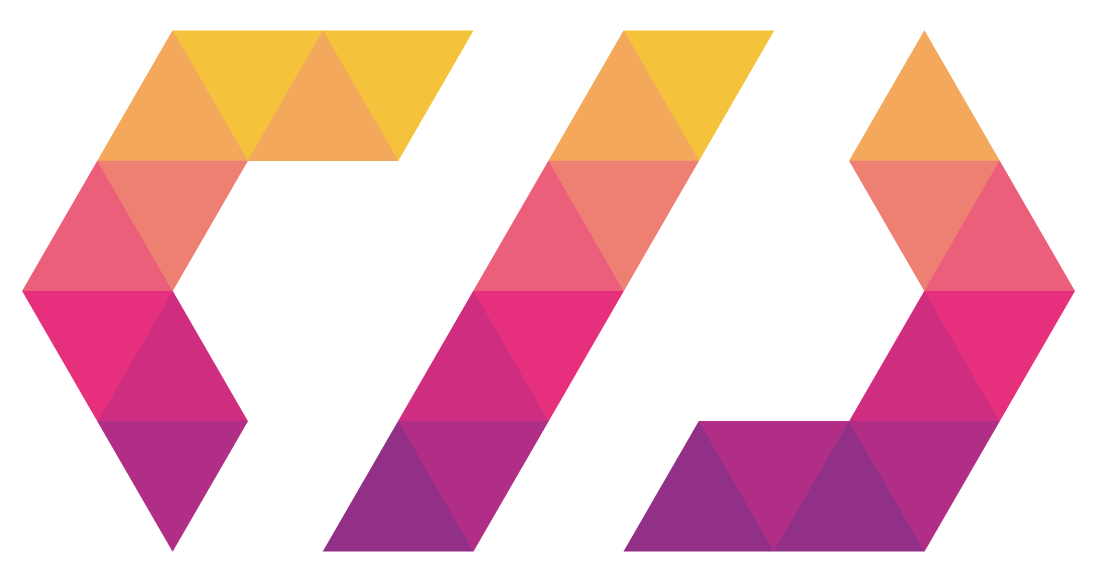Developing Mobile Applications using Flutter and Provider
Mobile applications have become an integral part of our daily lives, providing us with convenience, entertainment, and essential services at our fingertips. With the rapid advancement of technology, the demand for mobile applications has been on the rise, leading to a surge in the development of mobile apps using various frameworks and tools.
Flutter, developed by Google, has emerged as a popular choice for mobile app development due to its versatility, performance, and ease of use. Flutter is an open-source UI software development kit (SDK) that allows developers to create beautiful and fast mobile applications for both Android and iOS platforms using a single codebase.
One of the key features of Flutter is its hot reload functionality, which enables developers to make changes to the code and see the results in real-time without having to restart the application. This feature speeds up the development process and allows developers to iterate quickly on their designs.
Provider is a state management library for Flutter that allows developers to manage the state of their application in a simple and scalable way. With Provider, developers can easily access and update the state of their application from anywhere in the widget tree without having to pass the state down through constructors.
By combining Flutter with Provider, developers can build high-quality mobile applications that are both efficient and user-friendly. In this article, we will explore the benefits of using Flutter and Provider for mobile app development and discuss some best practices for building mobile applications with these tools.
Benefits of Using Flutter and Provider
1. Cross-platform Development: Flutter allows developers to write code once and deploy it on both Android and iOS platforms, saving time and resources. This cross-platform development approach enables developers to reach a wider audience with their mobile applications.
2. Fast Performance: Flutter uses its own rendering engine, which provides fast performance and smooth animations. This makes Flutter an ideal choice for building high-performance mobile applications that require complex user interfaces and rich animations.
3. Hot Reload: The hot reload feature in Flutter allows developers to see the changes they make to the code instantly reflected in the application, making the development process more efficient and productive. This feature also helps in debugging and testing applications quickly.
4. State Management: Provider simplifies the state management process in Flutter by allowing developers to access and update the state of their application from anywhere in the widget tree. This makes it easier to manage the state of the application and keep the user interface in sync with the data.
Best Practices for Building Mobile Applications with Flutter and Provider
1. Modularize Your Code: Break your code into smaller and reusable components to make it easier to maintain and update. By creating modular code, you can improve the scalability and readability of your application.
2. Use Widgets Wisely: Take advantage of Flutter’s widget system to create a rich and responsive user interface. Use stateless widgets for static content and stateful widgets for interactive elements that require state management.
3. Optimize for Performance: Keep your application lightweight and optimized for performance by minimizing the use of unnecessary widgets and rendering only the essential components on the screen. This will help improve the speed and responsiveness of your application.
4. Implement Error Handling: Handle errors gracefully in your application by using try-catch blocks and displaying meaningful error messages to the users. Proper error handling will enhance the user experience and prevent crashes or unexpected behavior in your application.
5. Test Your Application: Thoroughly test your mobile application on different devices and platforms to ensure compatibility and functionality. Use Flutter’s testing framework to write unit tests and integration tests that verify the behavior of your application.
In conclusion, developing mobile applications using Flutter and Provider offers many benefits, including cross-platform development, fast performance, and efficient state management. By following best practices and leveraging the capabilities of Flutter and Provider, developers can create high-quality mobile applications that meet the needs and expectations of users.



